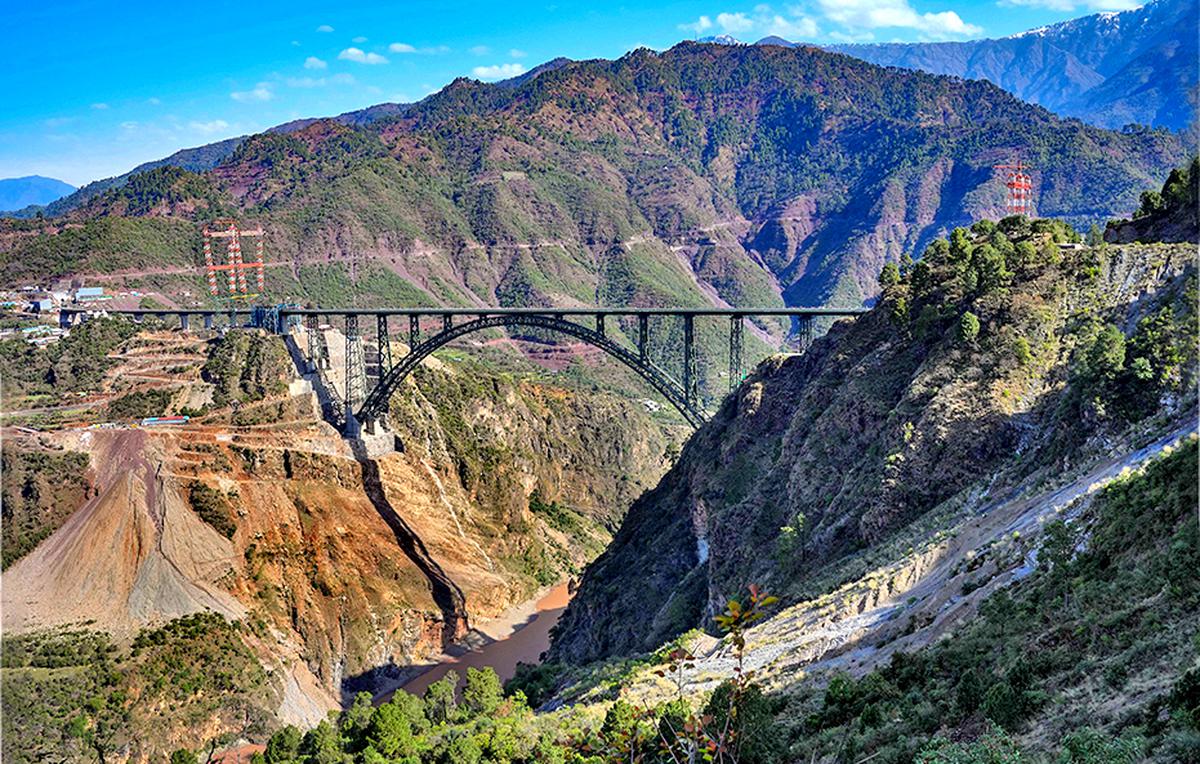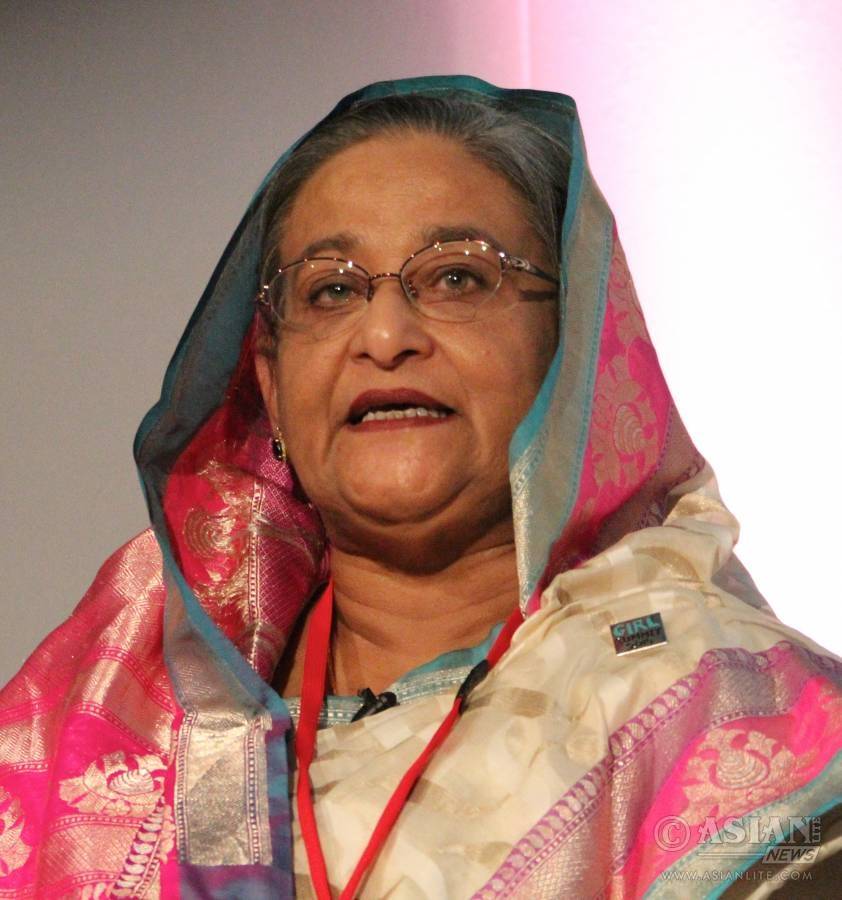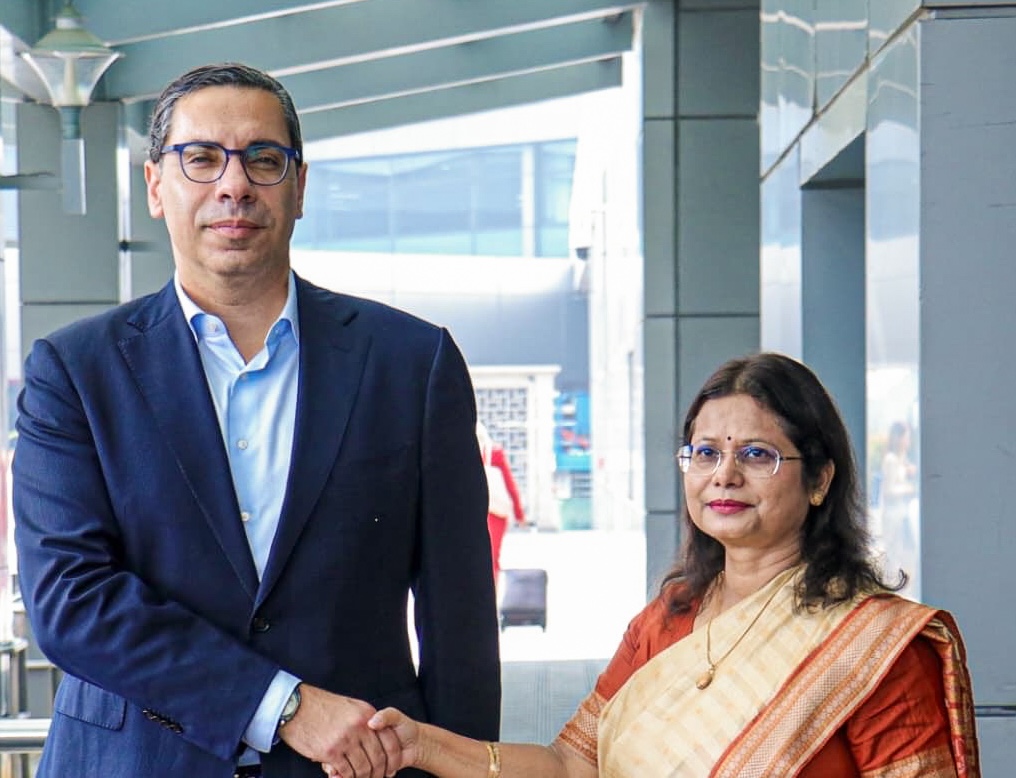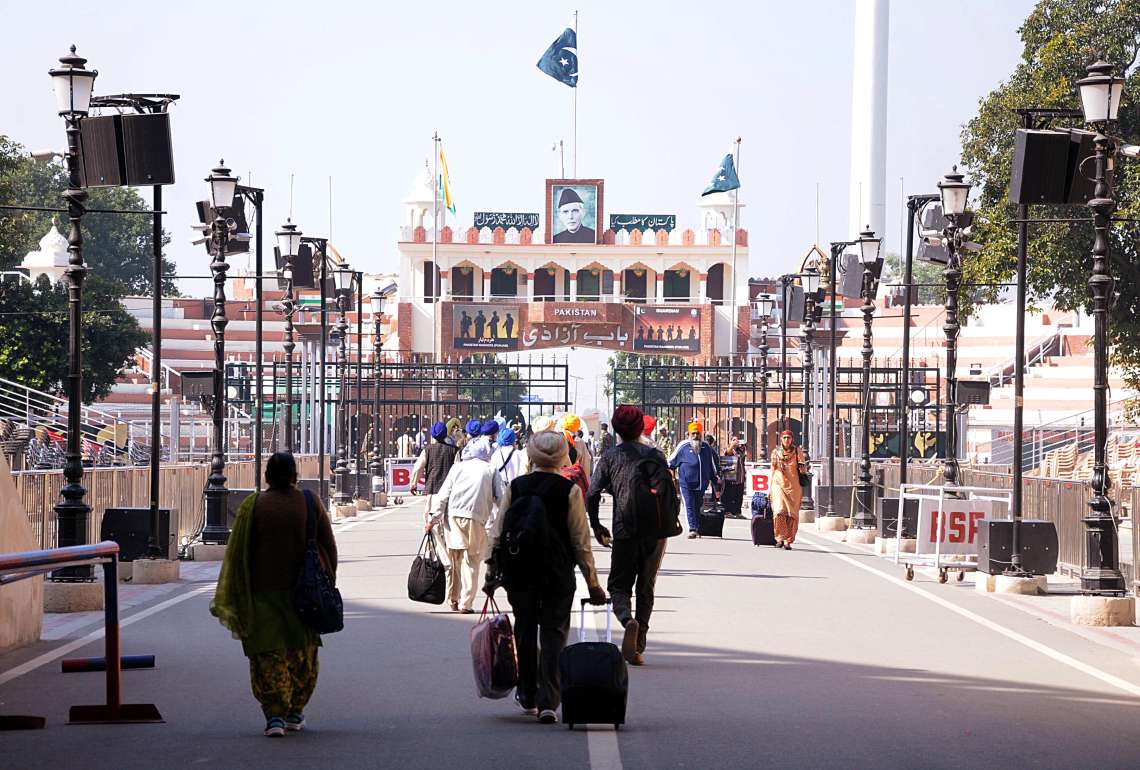In 2001, under the leadership of Prime Minister Narendra Modi, it finally assumed the status of a national project…reports Asian Lite News
The upcoming Udhampur-Srinagar-Baramulla Rail Link (USBRL) is one of the most challenging and ambitious railway links in the world.
India has undertaken one of its most formidable railway projects to date in its bid to establish a rail link between Udhampur in Jammu division and the Valley, which passes through the Himalayan foothills.
The railway link to Kashmir will provide alternative and reliable connectivity between Jammu & Kashmir (J&K) and the rest of the country.
USBRL is the only railway link in India’s high mountain ranges that has been laid out in broad gauge. The 345-km extension of the Indian Railway network will allow a 900-km direct train journey from Delhi to Srinagar.
USBRL crosses earthquake-prone zones and areas beset with extreme cold and hot temperatures, combined with the most challenging topography.
Till now, the idea of connecting Kashmir Valley with the rest of India had only remained a dream.
The project is said to have been mooted in 1898 by the British to the Maharaja of J&K. It was floated again in 1902 and 1904, but never took off.
In 1994, then Railway Minister in the Narasimha Rao-led Government, Jaffer Sharief, spoke of laying a rail link connecting the Valley.
In 2001, under the leadership of Prime Minister Narendra Modi, it finally assumed the status of a national project.
The configuration for the Kashmir Railway represents one of the most significant railway engineering challenges ever encountered with the only competition coming from the China-Tibet rail route, which crosses permanently frozen ground and climbs to more than 5,000 metres above sea level.
While the temperatures in the Kashmir Valley are not as severe as in Tibet, the Valley experiences extreme winters with heavy snowfalls.
USBRL is built as per the Indian standard gauge of 1,676 mm, laid on concrete sleepers with continuous welded rail and a minimum curve radius of 676m. The maximum line speed is 100 kmph.
It is little wonder that to realise this dream, the world’s highest railway bridge, taller than the Eiffel Tower in Paris, had to be constructed at a whopping cost of Rs 28,000 crore.
The bridge, known as the Chenab Bridge is 359 metres tall and since it is constructed in seismic zone IV, it is designed to withstand an earthquake of the magnitude of 8 on the Richter scale.
The total estimated cost of the USBRL is over Rs 37,000 crore and the length of the railway link is 272 kms. The rail link has 38 tunnels whose combined length is 119 kms.
The longest of these tunnels called T-49 has a length of 12.75 kms and is India’s longest transportation tunnel.
There are a total of 927 bridges with a combined length of 13 kms. The project has generated more than 553 lakh man-days of indirect employment so far.
Another crucial facet of the USBRL project’s socio-economic development efforts has been the construction of over 215 kms of approach roads.
The first train will chug out from Udhampur to Srinagar and then on to Baramulla in March this year. The availability of rail transport to and from the Valley to the rest of India will change the face of Kashmir’s economy.
From horticulture, agriculture, handicrafts, tourism, industries, education and healthcare, every sector of J&K’s economy would get the boost it has been waiting for since the country’s Independence in 1947.
ALSO READ-Kashmir Gripped by Harsh Winter Chill








